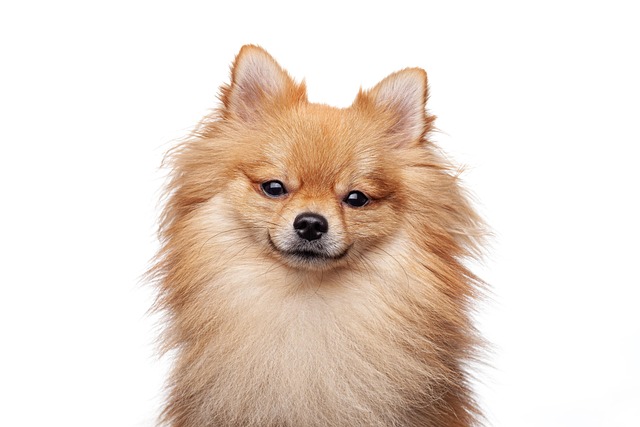
Are Pomeranians easy to housebreak?
Pomeranians, with their fluffy coats and spunky personalities, are a popular pick for many dog lovers, but their small size can make housebreaking feel tricky at first.
If you’ve ever stood in a busy park, waving a biscuit at your dog who’s too busy chasing a squirrel to notice, you’ve probably wondered: What treats do the pros use to get dogs to focus? New dog parents from Colorado to Connecticut often stock up on fancy “training treats” only to find their pup sniffs them once and goes back to exploring. Professional trainers, though, seem to have a magic touch—pulling out a tiny treat that makes even the most distracted dog sit up and pay attention. The secret isn’t in expensive brands; it’s in choosing treats that match the training situation, your dog’s preferences, and their health. Let’s break down what pros actually use, and why it works.
Professional trainers swear by one golden rule: treats must be “high-value” when distractions are high, and “everyday” when practicing basics. High-value treats are the ones your dog goes crazy for—think freeze-dried liver, tiny pieces of cooked chicken breast, or even a sliver of low-sodium hot dog. These are saved for tough moments: getting your dog to “come” when another dog runs by, staying calm during a thunderstorm, or learning a new trick like “spin.” They work because their strong smell and taste override distractions, making your dog think, “Focusing on my human is better than that squirrel!” For everyday training at home—like “sit” before meals or “stay” at the door—pros use lower-value treats: their regular kibble, a piece of green bean, or freeze-dried sweet potato. These keep training consistent without overloading on calories, which is key for maintaining a healthy weight, especially for breeds prone to obesity like Labs.
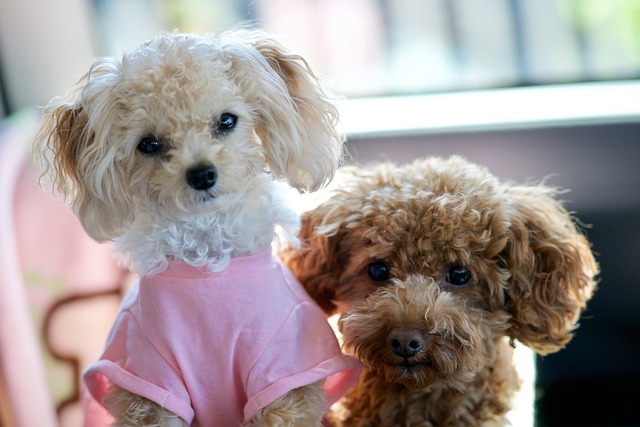
But there’s more to it than just taste. Pros prioritize treats that are easy to eat quickly. A big biscuit that takes 30 seconds to chew stops training momentum—by the time your dog finishes, they’ve forgotten what they’re being rewarded for. That’s why trainers chop treats into pea-sized pieces, small enough to swallow in one bite. They also avoid treats that cause stomach upset: no sugary snacks, excessive salt, or ingredients your dog is sensitive to (like dairy for lactose-intolerant pups). Freshness matters too—stale treats lose their appeal, so pros keep them in sealed containers and replace them regularly. For picky eaters, they experiment: some dogs love fish-based treats, others go wild for pumpkin puree mixed with a little kibble. It’s all about knowing your dog’s “currency.”
Now, let’s tie this to responsible training and community care. Pros never use punishment (yelling, hitting) if a treat doesn’t work—positive reinforcement, where good behavior gets rewarded, builds trust far better. Before training in public spaces, ensure your dog’s rabies vaccine is up to date (required by law in all 50 states) to keep everyone safe. When practicing in parks, always carry poop bags (fines for skipping cleanup reach $150 in Denver) and avoid leaving treat crumbs that attract pests or other animals. In apartments, stick to quiet training times (no 7 AM biscuit crunches that wake neighbors) and use small, mess-free treats to keep carpets clean. Remember, treats are just one part of training—praise, play, and consistency matter just as much.
Professional trainers don’t rely on magic; they rely on understanding what makes each dog tick. With the right treats, used at the right time, you’ll turn frustrating training sessions into moments where your dog thinks, “Training is the best part of my day.” Just balance the tasty rewards with their long-term health, and you’ll both win.

Pomeranians, with their fluffy coats and spunky personalities, are a popular pick for many dog lovers, but their small size can make housebreaking feel tricky at first.

Many new dog owners quickly learn that potty training success varies wildly by breed, and some pups pose unique challenges.
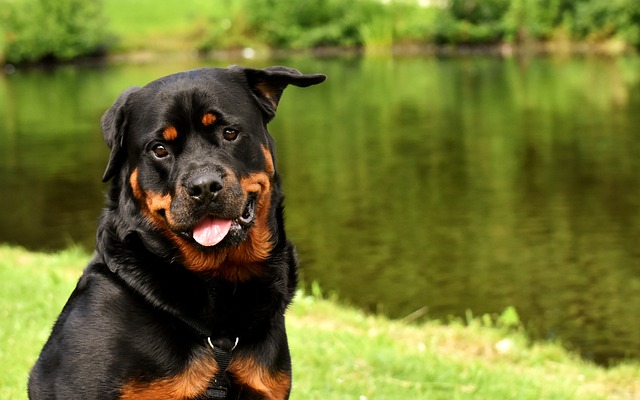
If you live in a high-rise apartment or a home without immediate yard access, training pads can feel like a lifesaver during the potty training phase.
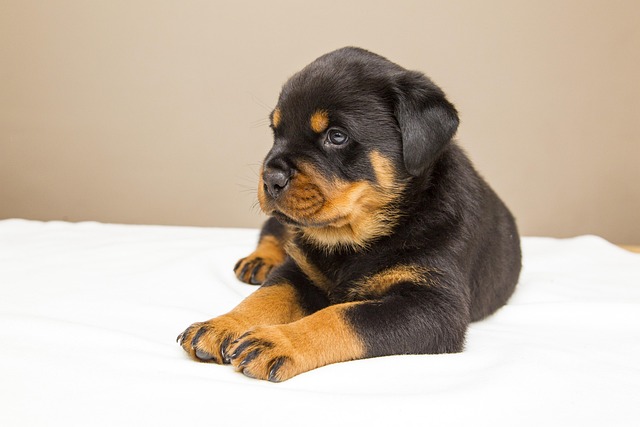
Welcoming a Pitbull puppy into your home brings immense joy, but also a big responsibility—especially when those sharp little teeth start testing your skin.
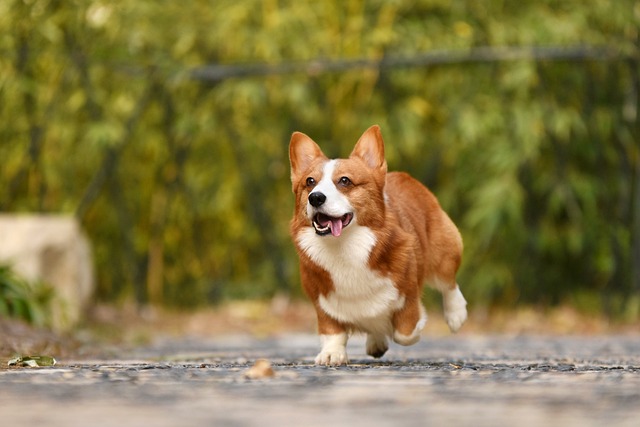
It’s a classic new-puppy scene: one minute you’re gently stroking their soft fur, the next, you’re yelping as those needle-like teeth latch onto your hand.
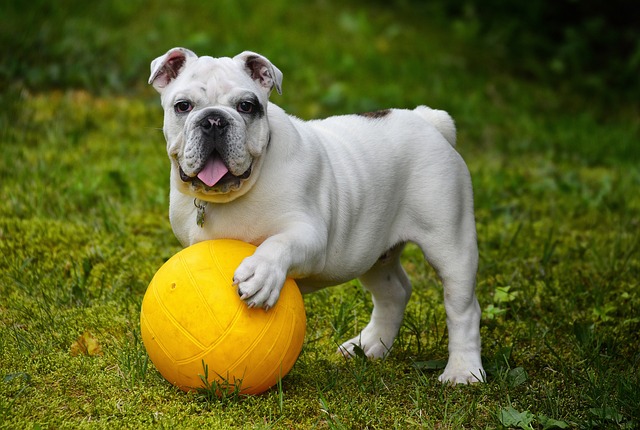
If you’re tired of bandaging tiny bite marks on your hands or watching your puppy turn your favorite throw blanket into a chew toy, you’re probably desperate to stop the nipping